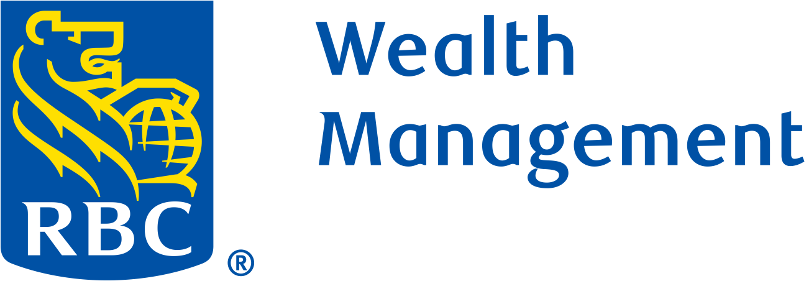The recent decline in the stock market, coupled with the current high levels of inflation has resulted in a scary time for those who are either considering retirement, or have most recently retired. According to the Nationwide Advisor Authority Survey 2021-2022, nearly 70% of investors said they are worried about a U.S. economic recession in the coming year and more than half (56%) of consumers think the current bout of inflation will be longer-term, not transitory.
This level of economic uncertainty is not unheard of in recent history, but that knowledge does little to ease concerns when you are about to enter into retirement and may be worried about your future.
Two of my most commonly asked questions are:
- How much income can I safely take from my investment portfolio?
- Will I run out of money?
The process to create a retirement income plan is complex and often best done with the help of a CERTIFIED FINANCIAL PLANNER® professional. The effect that volatility plays on your investment portfolio, when it is combined with withdrawals for income, can appear daunting; but with proper management and prudent decisions, a financially successful retirement can be achieved.
Life Expectancy
Let’s first start with the question: “How long do we plan for?”
No one knows how long they will live but we do know that many Americans today are living longer than their parents and grandparents. The advances in health care, medical treatments, and technology will continue to enhance longevity into the future. Joseph F. Coughlin, director of the Massachusetts Institute of Technology AgeLab, believes a new retiree may spend 20 to 30 years in retirement. That is a long time; so it is my job as a Certified Financial Planner professional to help you to rethink your investment time horizon.
The longer you plan for the more conservative is your approach. An article published in the Journal of Financial Planning, March, 2006, describes a study performed by Jonathan T Guyton, CFP® and William J. Klinger, where the authors use a 40 year time period to measure the probability of sustaining an initial withdrawal rate and the percentage of purchasing power maintained during the withdrawal period.
Methodology and variables
Guyton and Klinger use Monte Carlo analysis which is a computational mathematical technique or computerized algorithm used widely by professionals in fields such as project management, energy, manufacturing, engineering and research and development, to model and predict outcomes based on probabilities using different variables. Monte Carlo analysis was first used by scientists working on the atom bomb and is available in most wealth planning software today.
The input of variables is key.
Every person has a different situation and aside from predicting your life expectancy, it is very important to determine what your financial needs are going to be for both pre-retirement and post-retirement income. This is done by assessing your current spending and reviewing your financial goals, and building in increases for inflation. Variables to your plan also include other sources of income and taxes. Your current investment portfolio is reviewed to determine its asset allocation. Long term rates of return for the different asset classes, such as large cap stocks, international stocks, bonds, and cash are incorporated in the analysis. Included in the assumptions are measures of risk and volatility for the various investment assets and different model portfolios. These projected rates of return or capital market assumptions are made available by investment firms and economists and built into the analysis. All of the data is entered and processed through a complex simulator and tested over and over within the Monte Carlo analysis so that various outcomes can be observed.
Probabilities are determined and this ultimately creates answers that many people are looking to find.
Outcome and benefits
The final outcome of this analysis presents probabilities of success for different scenarios that a client may experience during their lifetime. We can adjust the variables to model higher inflationary periods, bad timing in the markets, illness, or even living to age 110. The process should be revisited each year because of changes to the portfolio, projections and other variables which impact the decisions which we make to optimize the plan.
I have found that the true benefit is not in the actual data, but the experience of going through the process. The acts of discussion and analysis has provided clients with more reasonable expectations and a deeper understanding of their own personal economic situation. Most of the anxiety that I see clients experience during volatile markets and uncertain times is due to a feeling of a lack of control.
Please feel free to contact me if you think you would benefit from a planning discussion.

